This year seems to be rather out of sync. Mid-February saw numerous flowers blooming that generally only bloom in summer; the next week the devastating week-long freeze shockingly left the Texas habitat in shades of brown and black. Much of the flora has now rallied, but later than normal, and some plants may not produce blooms until next spring. It’s seemed to take ages for insects to return to my yard. Butterflies finally began appearing in July, much later than normal, and fewer species than in recent years. The spiders seem larger; the toads smaller but in abundance, and nary a frog has yet to announce itself. One year I wrote a blog post, “The Universe Aligns.” That would not be this year.
On cue for a year that’s out of sorts, the September rains came in July — and came and came and came — our resaca overtopped the retaining walls and two of our acres are underwater. The expanded resaca is fun — now that it’s reached its level and is no longer a threat — except to the beautiful St. Augustine grass and prospects of hurricane season for four more months. July and August are generally when we hope for a tropical disturbance to fill the resaca; not so now!
With the water being so much closer to the upper yard where the house sits, and in turn, the kitchen window, where I keep abreast of outdoor activity, the aquatic life is now much closer — which means better photos through the kitchen window, like the great white egrets who are wading/fishing in what once was our lower yard. Carp can now be seen exploring the new shallows.
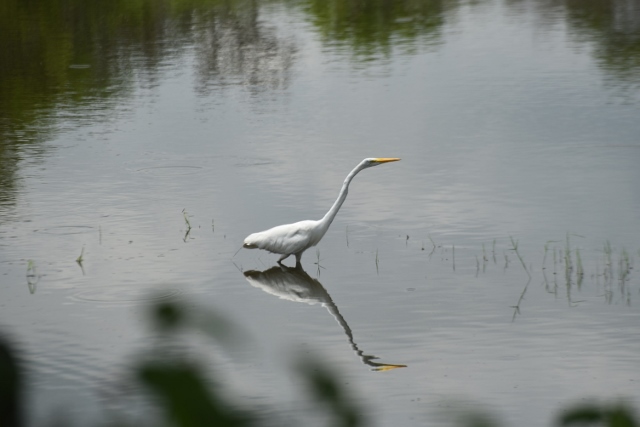
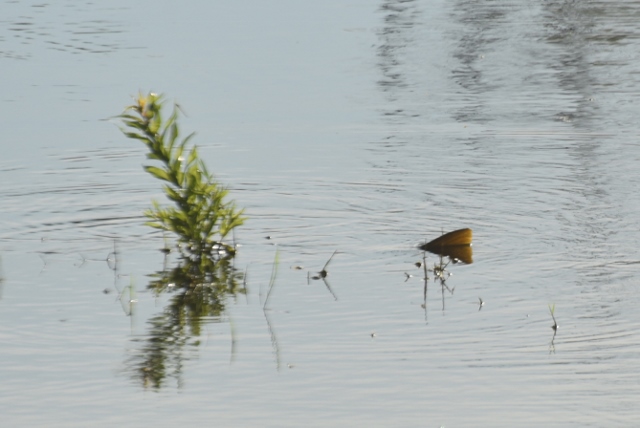
Our resident kingbirds invited half a dozen friends in, diving close to the water’s surface, imitating skimmers and making a dent in our mosquito population. They’re using the mesquite tree near the kitchen window as their base of operations. One kingbird dove a bit too deep and spent the next couple of minutes shaking water from its wings and preening frantically, like a cat accidentally sprayed with a garden hose.
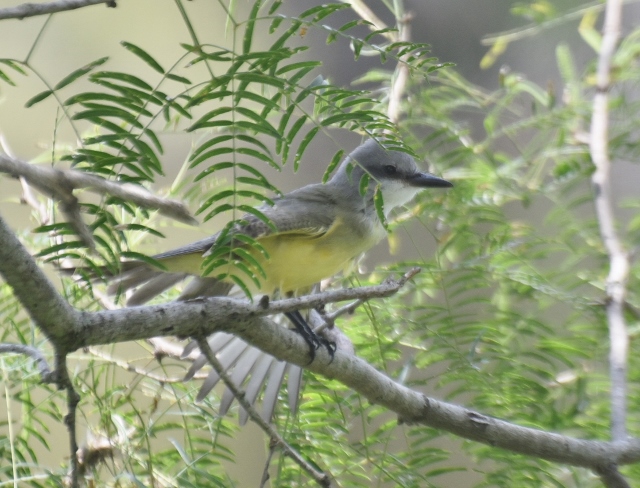
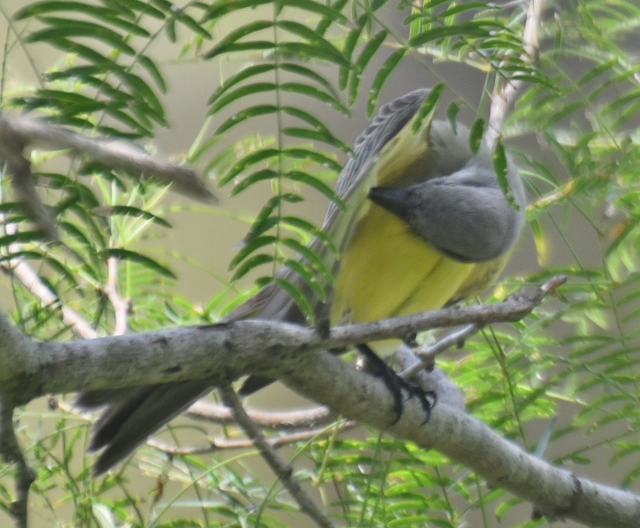
Purple martins and cliff swallows have reinforced the barn swallows for morning sorties over the resaca; the night hawk joins them, staying up later in the mornings, enticed perhaps with the abundant food supply.
On the saturated ground, lawn critters are taking to the pavement, perhaps because their lairs took on too much water. A caution though, don’t touch the black slugs that are beginning to come out of the grass; they are the black-velvet leatherleaf, Belocaulus angustipes. Extensive information is in a previous blog post at https://rgvctmn.org/blog/anitas-blog-weavers-flyers-and-crawlers/ Also check out this paper at the Texas Invasive Species Institute Website for more information about the slugs: http://www.tsusinvasives.org/home/database/belocaulus-angustipes
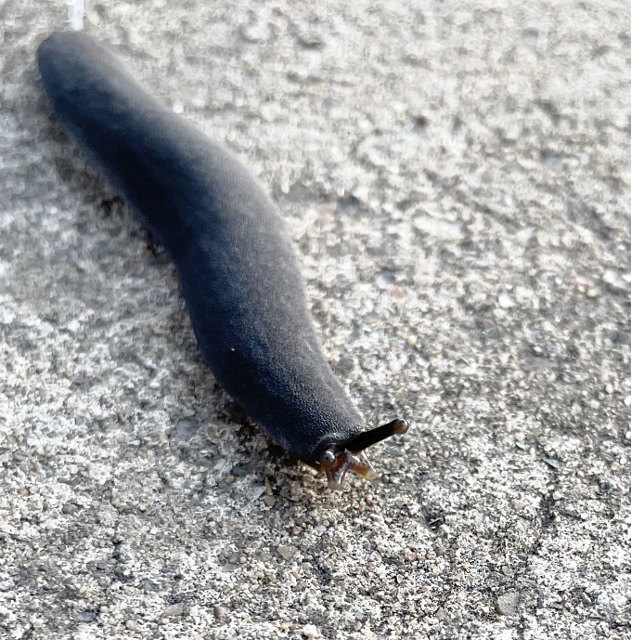
Another land critter boldly marching along the pavement has been tentatively identified by www.iNaturalist.org as American broad-front fiddler crabs, Tribe Minucini.
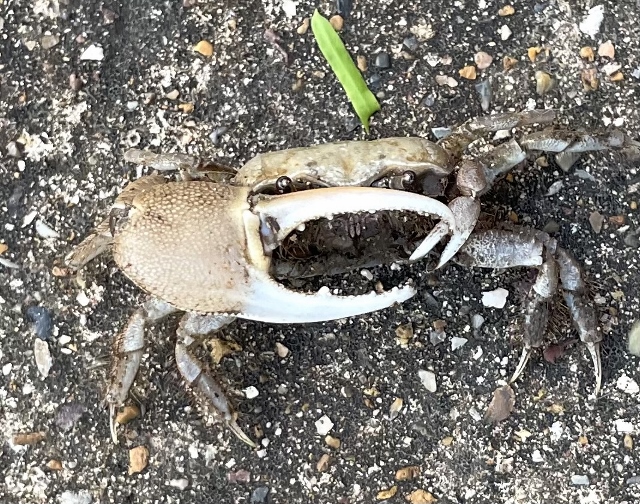
Fiddler crab’s normal habitat is soft sand or mud near or around the edges of shallow salt marshes along the Gulf of Mexico to South America. They are scavengers; they feed on dead and decaying plants and animal matter, algae and other small nutrient sources, recycling energy back into the environment.
Spawning season is from June through August, which may be why they’ve taken to the sidewalks and driveway; possibly, though, with so much water, they’ve been pushed further up the lawn. Although all crabs have gills, crabs that live on land, like the fiddlers, breathe air instead of water; their gills must stay wet to work, and so must stay near water at all times. However, they cannot live underwater; during a flood, they will seek higher ground. Predators that feed on fiddler crabs include herons, egrets and raccoons.
Earlier, I said the freeze seemed to have retarded the appearance of bugs in my yard this year. Well, I’ve certainly found them now. Out of curiosity, I moved my moth sheet set up to the dark side of the house where the water is closest to the upper lawns and retaining wall. I’d had a lot of interesting bugs in that area last year when the resaca was well within its banks and the stretch of lawn was intact. I wasn’t disappointed this week with repeating the position. I’ve seen a variety of different moths and an amazing amount of bugs from tiny, tiny beetles and things we might call gnats if they were flying in a swarm during the day, to small, cricket-looking insects, June bugs, stink bugs, katydids, Mayflies, termites, cockroaches, leaf beetles, darkling beetles, cicadas, bees, horseflies, spiders and dragon and damsel flies — all good food for lizards, toads and birds and other critters.